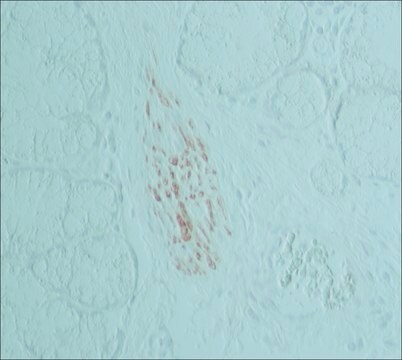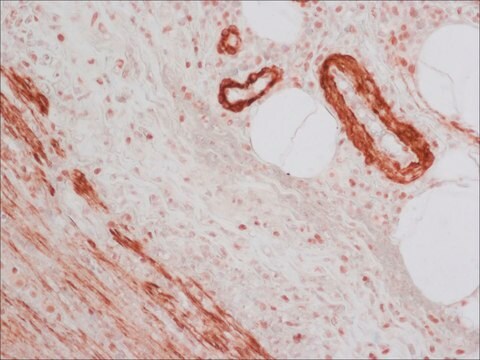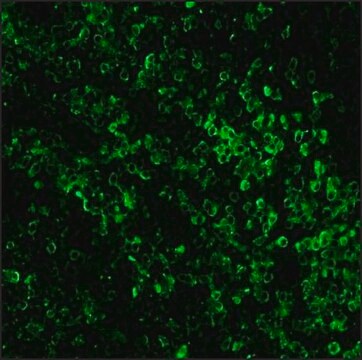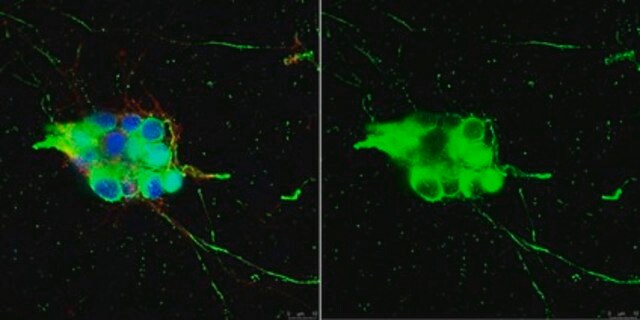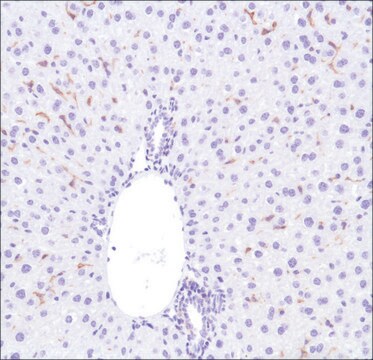C0678
Monoclonal Anti-HNK-1/N-CAM (CD57) antibody produced in mouse
clone VC1.1, ascites fluid, buffered aqueous solution
Synonym(e):
-NotTranslated-
About This Item
Empfohlene Produkte
Biologische Quelle
mouse
Qualitätsniveau
Konjugat
unconjugated
Antikörperform
ascites fluid
Antikörper-Produkttyp
primary antibodies
Klon
VC1.1, monoclonal
Form
buffered aqueous solution
Enthält
15 mM sodium azide
Speziesreaktivität
mouse, rat, feline, human
Methode(n)
western blot: 1:4,000 using cerebral cortex extract
Isotyp
IgM
UniProt-Hinterlegungsnummer
Versandbedingung
dry ice
Lagertemp.
−20°C
Posttranslationale Modifikation Target
unmodified
Angaben zum Gen
human ... B3GAT1(27087)
mouse ... B3gat1(76898)
rat ... B3gat1(117108)
Suchen Sie nach ähnlichen Produkten? Aufrufen Leitfaden zum Produktvergleich
Allgemeine Beschreibung
Spezifität
5th Workshop: code no. NK 67
Immunogen
Anwendung
Immunohistochemistry (1 paper)
- as primary antibody for western blot analysis
- immunocytochemistry
- immunocytochemical
- immunohistological staining
Biochem./physiol. Wirkung
Zielbeschreibung
Haftungsausschluss
Sie haben nicht das passende Produkt gefunden?
Probieren Sie unser Produkt-Auswahlhilfe. aus.
Lagerklassenschlüssel
10 - Combustible liquids
WGK
WGK 3
Flammpunkt (°F)
Not applicable
Flammpunkt (°C)
Not applicable
Hier finden Sie alle aktuellen Versionen:
Besitzen Sie dieses Produkt bereits?
In der Dokumentenbibliothek finden Sie die Dokumentation zu den Produkten, die Sie kürzlich erworben haben.
Unser Team von Wissenschaftlern verfügt über Erfahrung in allen Forschungsbereichen einschließlich Life Science, Materialwissenschaften, chemischer Synthese, Chromatographie, Analytik und vielen mehr..
Setzen Sie sich mit dem technischen Dienst in Verbindung.